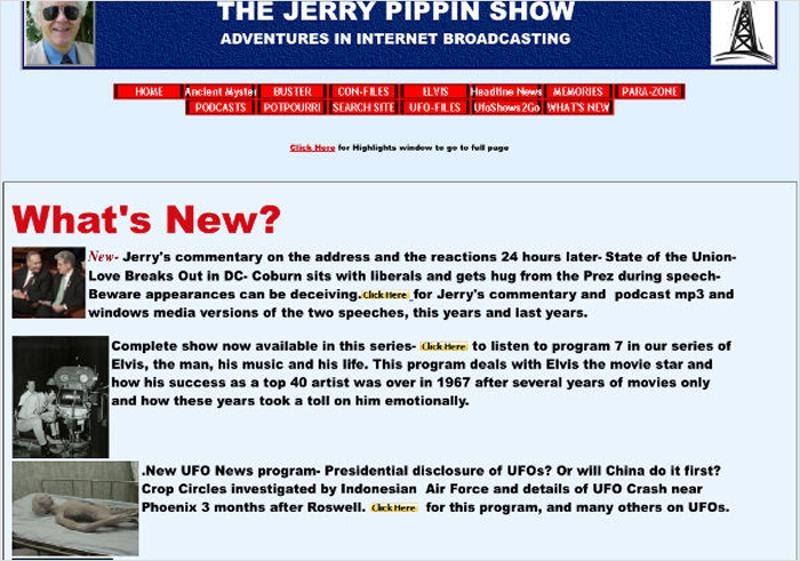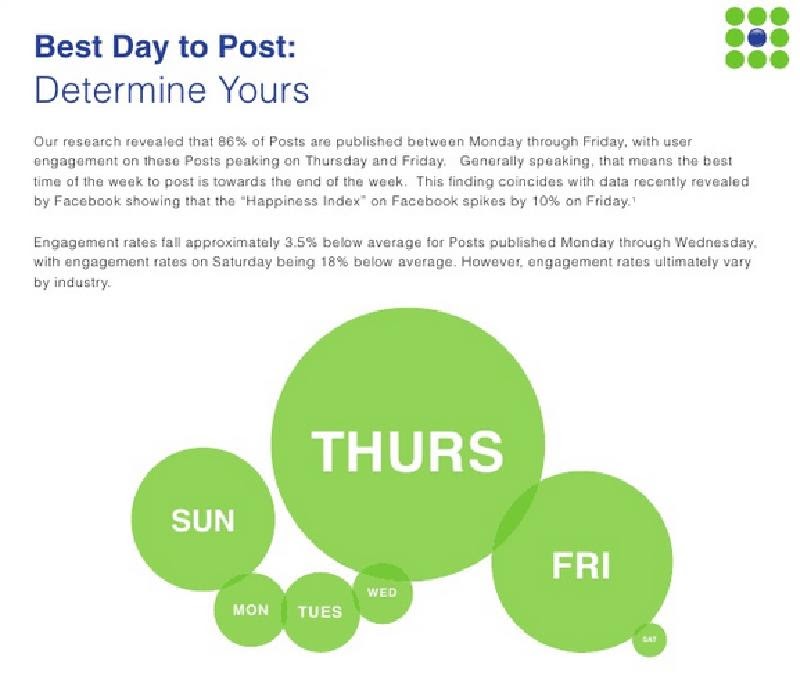
You know content is important to your brand. You invest a considerable amount of time, money, and creative energy into developing content. Yet you get very little return on that investment. What gives?
While any number of issues could be at play, the truth is that most brands are unintentionally letting a few mitigating factors negatively impact their results. And the most frustrating part is that these factors are preventable.
In this article, we’re going to explore some of the most common limiting factors and how tackling them head-on could allow you to enhance your content marketing efforts.
What Does Success Look Like to You?
Before we dive into the limiting factors that are suppressing your success, let’s get clear on what success actually means to you. Because contrary to popular belief, there is no singular definition. What one brand considers success, another may not. You have to decide what’s important to you.
Is success getting a lot of traffic and brand exposure? Or do you want your content to be a conduit for direct sales? Are you trying to garner email opt-ins so that you can nurture cold traffic into warm traffic for future conversions?
Success can take on any form. It’s up to you to determine what success looks like on the front end. This enables you to cast a vision and develop a strategy that directly drives your content optimization efforts.
Be Aware of These 5 Limiting Factors
We all make mistakes in marketing. And while you’re probably aware of some you’re already making, it’s the ones you’re blind to that are most dangerous. In light of this, here are a few limiting factors that many digital marketers and entrepreneurs don’t realize they’re making.
By correcting these issues, you give your content a chance to soar.
- Terrible Headlines
Did you know that roughly 80 percent of people who run across a headline (in a newsfeed or on a blog) will read it, but just 20 percent will take the time to actually read the post?
In other words, your headline is your chance to grab people. If you’re using generic headlines that create no emotional reaction, you’re hurting your numbers from the start.
There are plenty of headline formulas out there, so feel free to dig around and find some you like. But in reality, Melanie Duncan’s 4U formula is all you need to know. It says that headlines should be useful, urgent, unique, and ultra-specific.
This might sound melodramatic, but write headlines like your life depends on it. Pretend that you have to get someone to click on your article, or you’ll be sentenced to life in prison. If this were the case, you wouldn’t slap together another generic listicle headline and call it a day. You’d focus on making it useful, urgent, unique, and ultra-specific.
Just now learning the art of headlines? Find two or three highly successful publishers and use their headlines as templates. Swap out terms with relevant keywords and ideas from your niche and see how they perform.
- Slow Page Loading Speed
Getting someone to click on your content is a huge step in the right direction. Now it’s a matter of what you do with that traffic.
The worst thing that can happen is someone clicks and then bounces before reading the content. Unfortunately, this happens quite a lot – and it’s usually the direct result of slow page loading speeds.
Nobody likes a slow-loading page. Research shows that one in four visitors will abandon a website that takes more than four seconds to load, while 46 percent of users never revisit a poorly performing site. Just a single second delay reduces reader satisfaction by 16 percent.
You can find out how fast your website is by using Google’s PageSpeed Insights tool. Any score under 50 requires immediate attention. If you’re between 50 and 89, there’s still room for improvement. You want to be as close to 100 as possible.
The best ways to reduce page loading speed are by reducing the size of your images, improving chasing, minifying code, and applying AMP protocols.
- Uninspiring Lead-In
The goal of the headline is to get people to click. And while the headline is definitely the most important element, the first couple of sentences are also vital.
Content marketing isn’t the same as writing a novel or producing a paper for a college class. You don’t have the benefit of time or space to flesh out your ideas. You either pull people in right away, or they’re going to bounce.
One of the best lead-in strategies is to set up a common problem that people have and then follow it up with an if/then statement. This if/then statement gives them a reason to read by providing a clear benefit that helps them overcome the problem…if they read through to the end. (There are other approaches, but you can generate massive results with this simple framework.)
- Poor Reading Experience
You may have great copy, but if the reading experience is bad, your metrics will suffer. Think carefully about the visual layout and physical formatting of your content. Small fonts and lack of contrast are some of the number one complaints of internet users. Take time to improve typography, reduce distractions, and make it easy for readers to consume your content.
- Bad Timing
If you’re posting your content at the wrong times, you may be short-changing yourself. By improving timing, you can get your content in front of more eyeballs and improve conversion rates.
For example, did you know that blog post engagement increases by 18 percent on Thursdays and Fridays? Or that it skyrockets by 32 percent on the weekends, as readers find more time to read? Don’t take a shotgun approach. Be intentional!
Give Your Content a Chance to Shine
Content marketing is something that requires ongoing effort and optimization. It’s not a set-it-and-leave-it investment. By optimizing for these six factors, you can improve conversion rates and do more with less.
Don’t feel like you have to tackle all six of these issues at once. Start with the one that’s easiest to correct and go from there. It might take several months of work, but you’ll eventually reach a point where minimal friction translates into maximum conversions.






